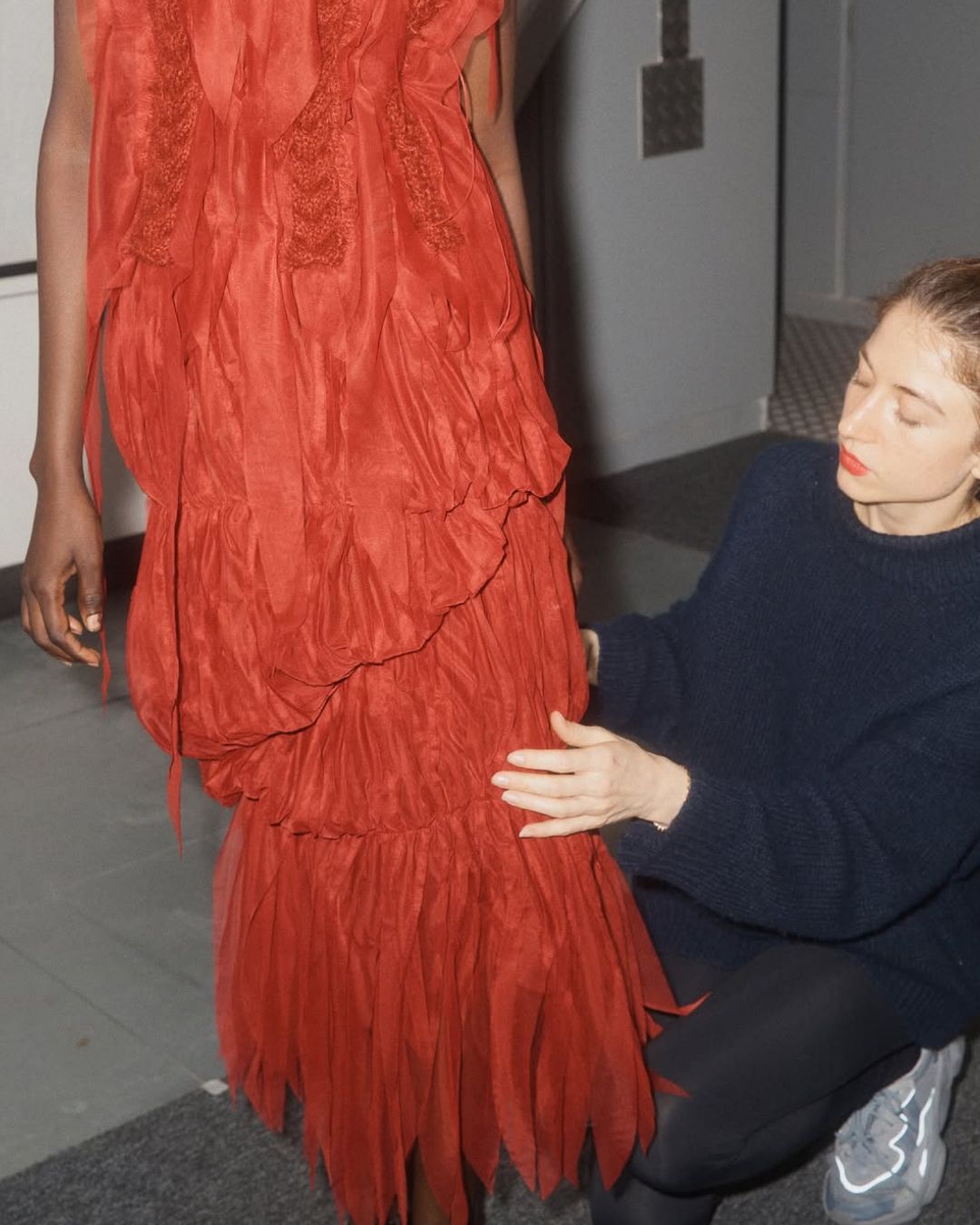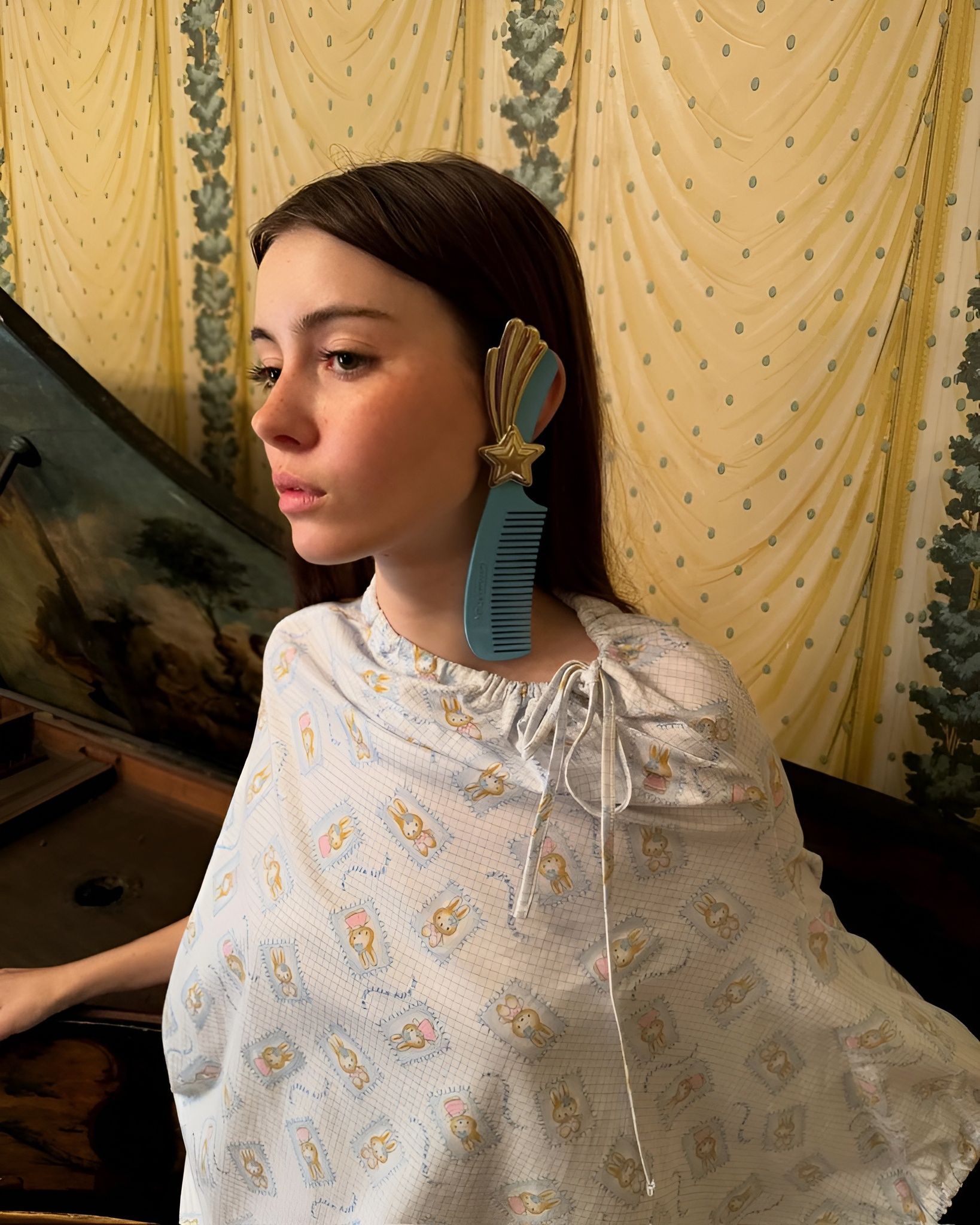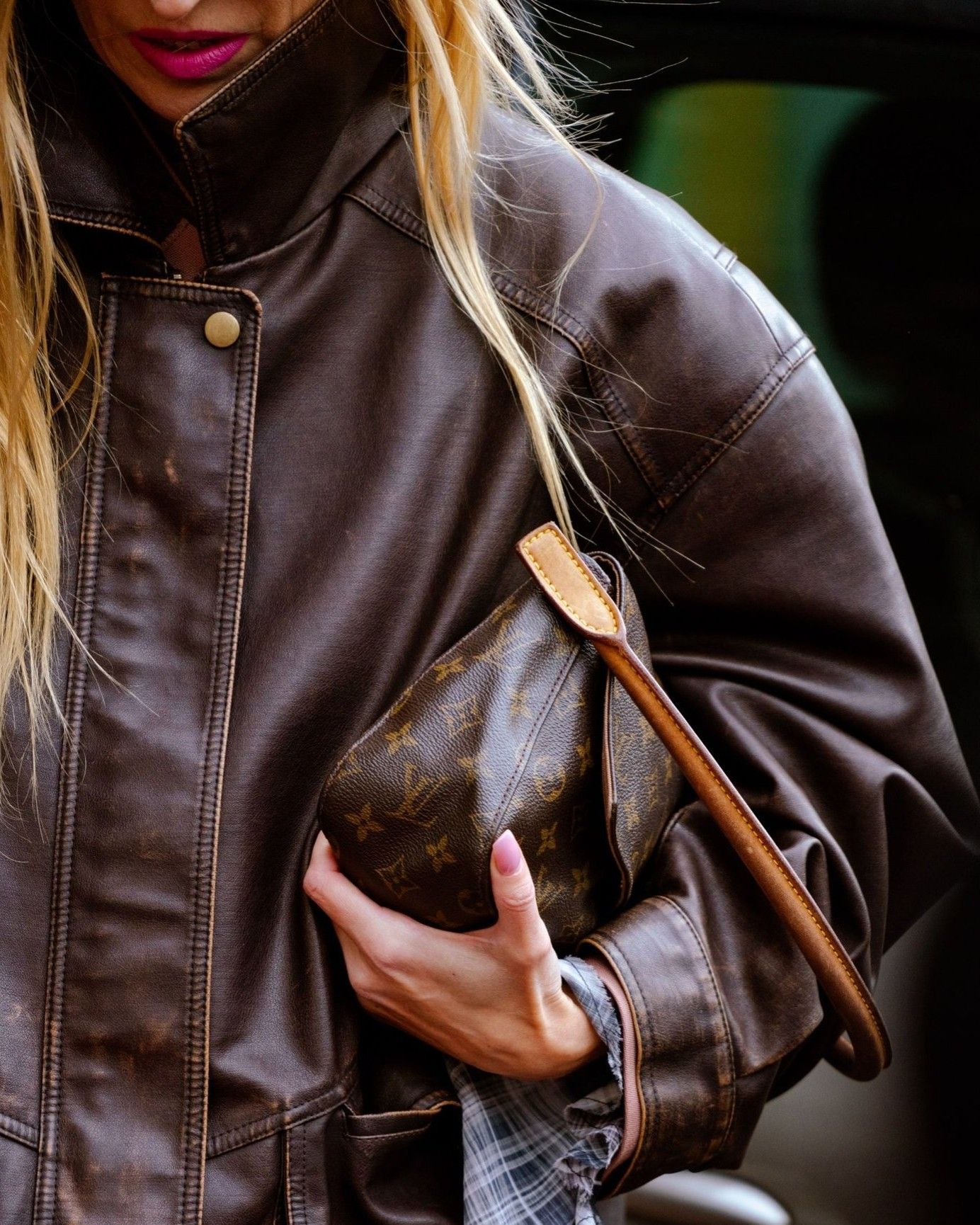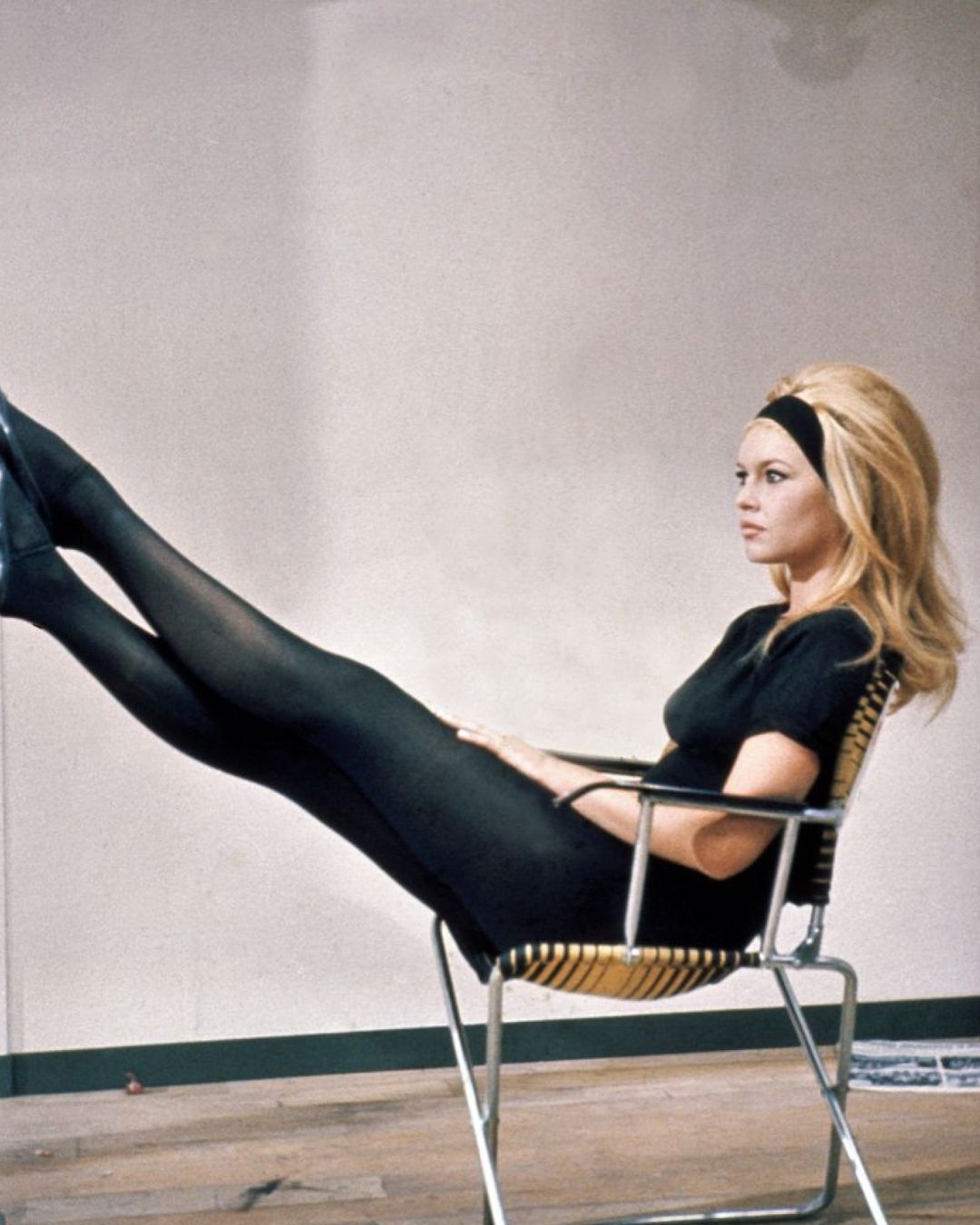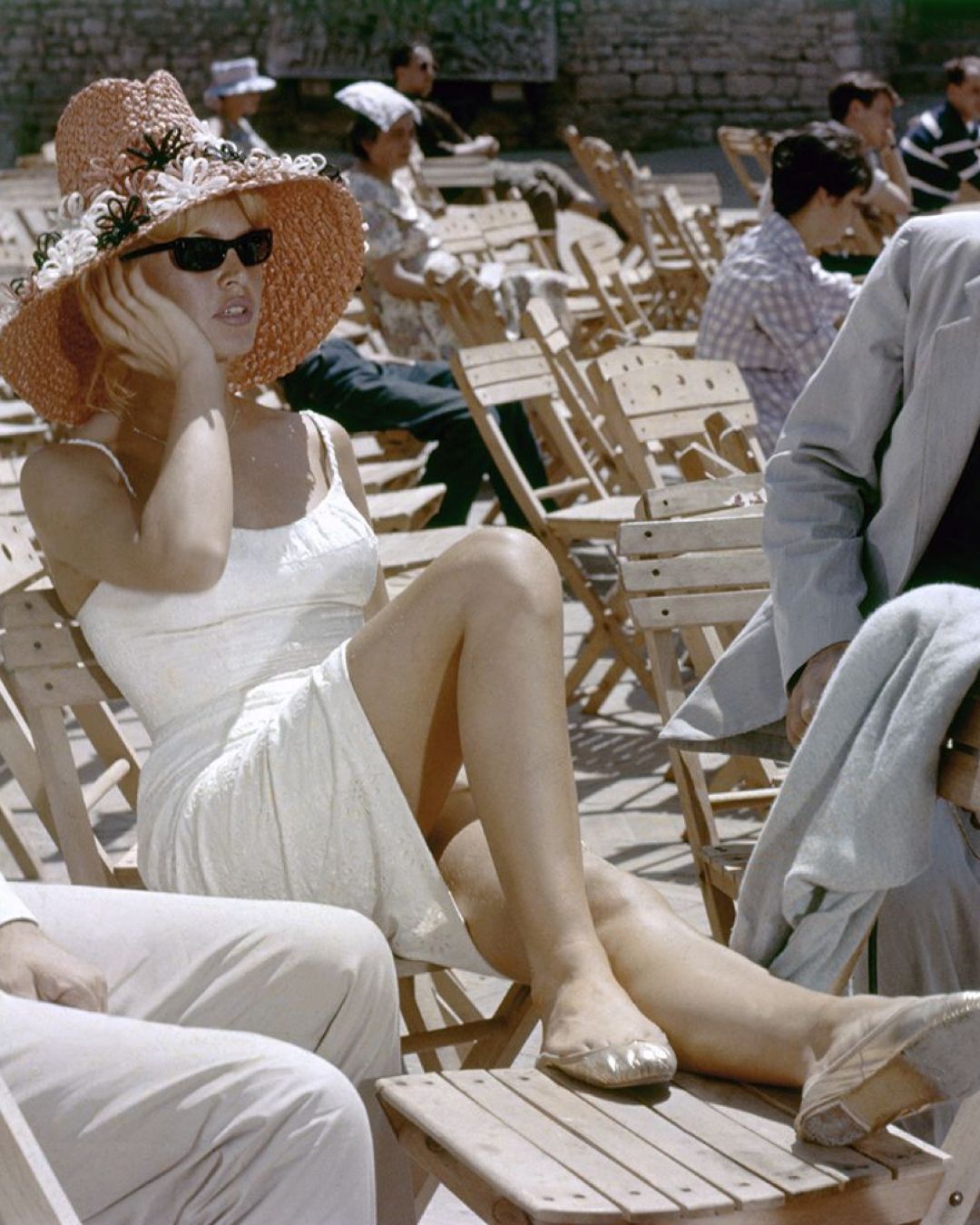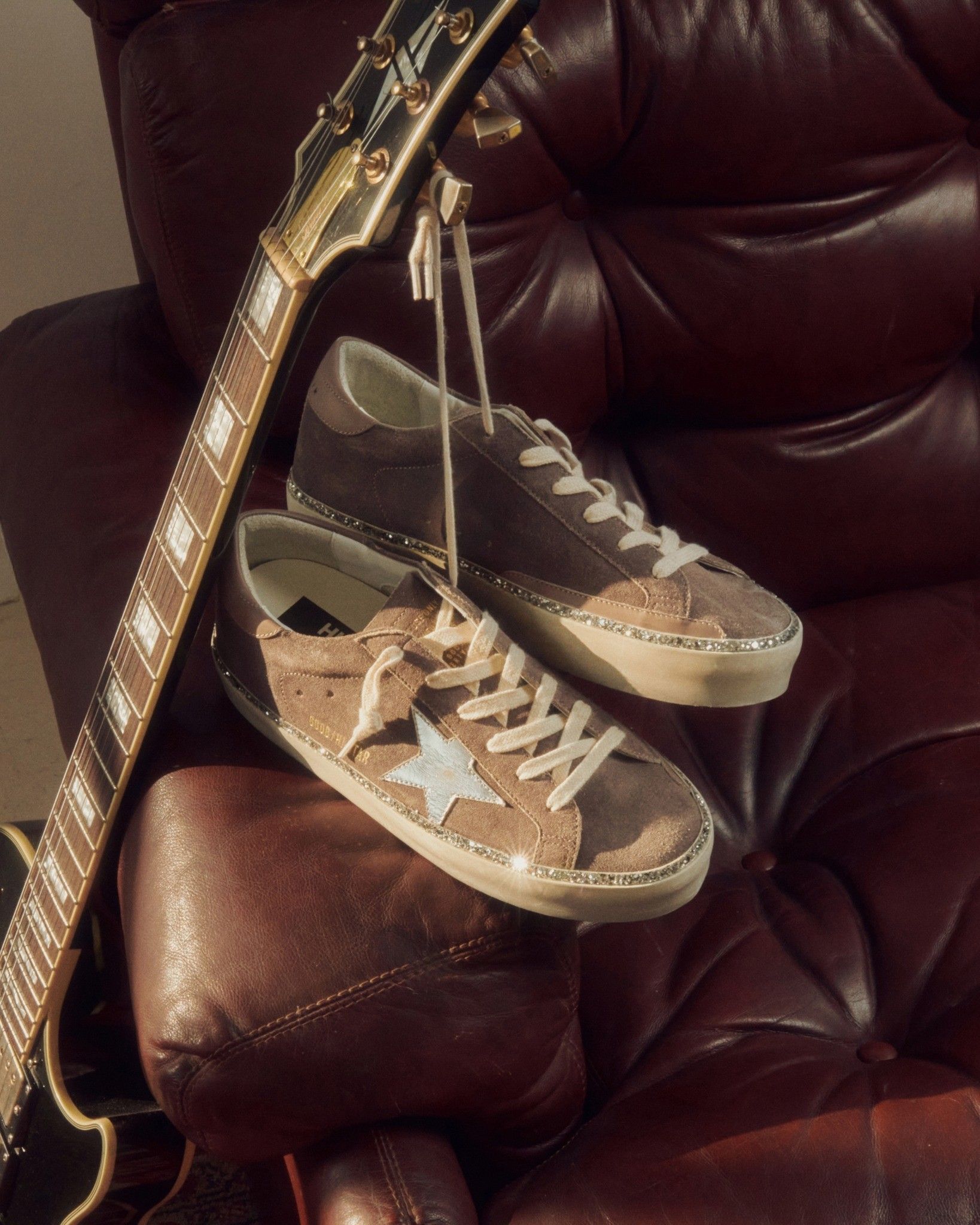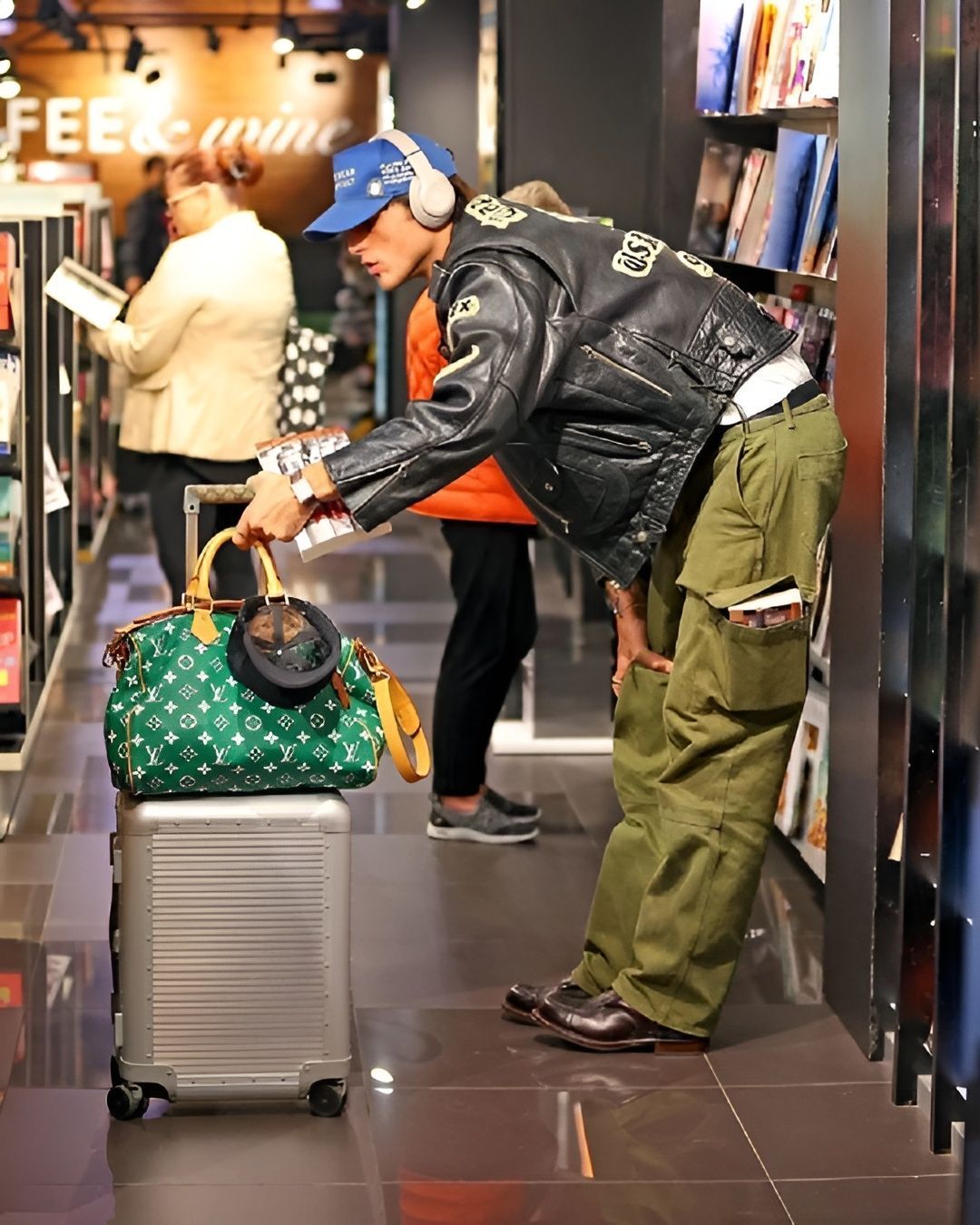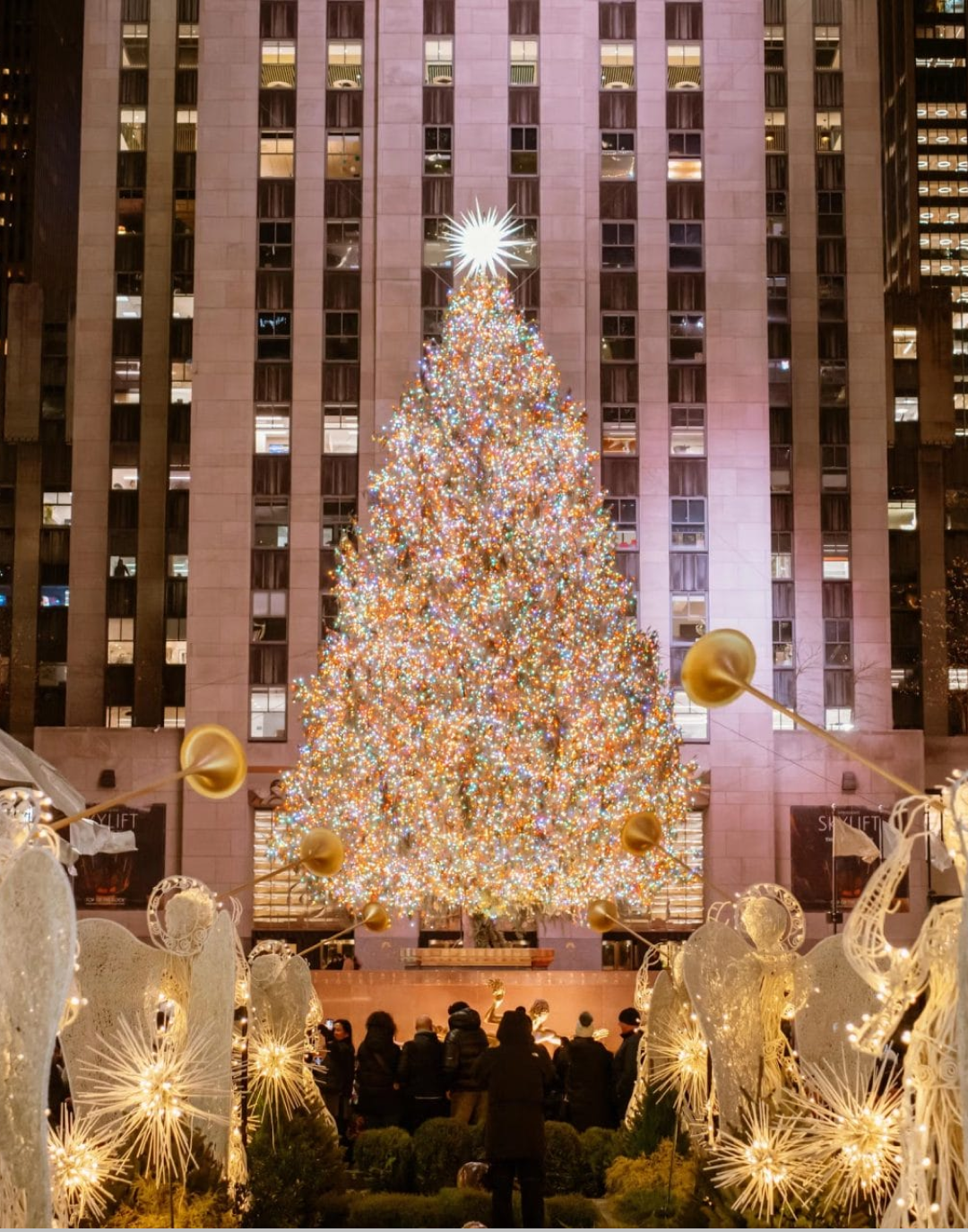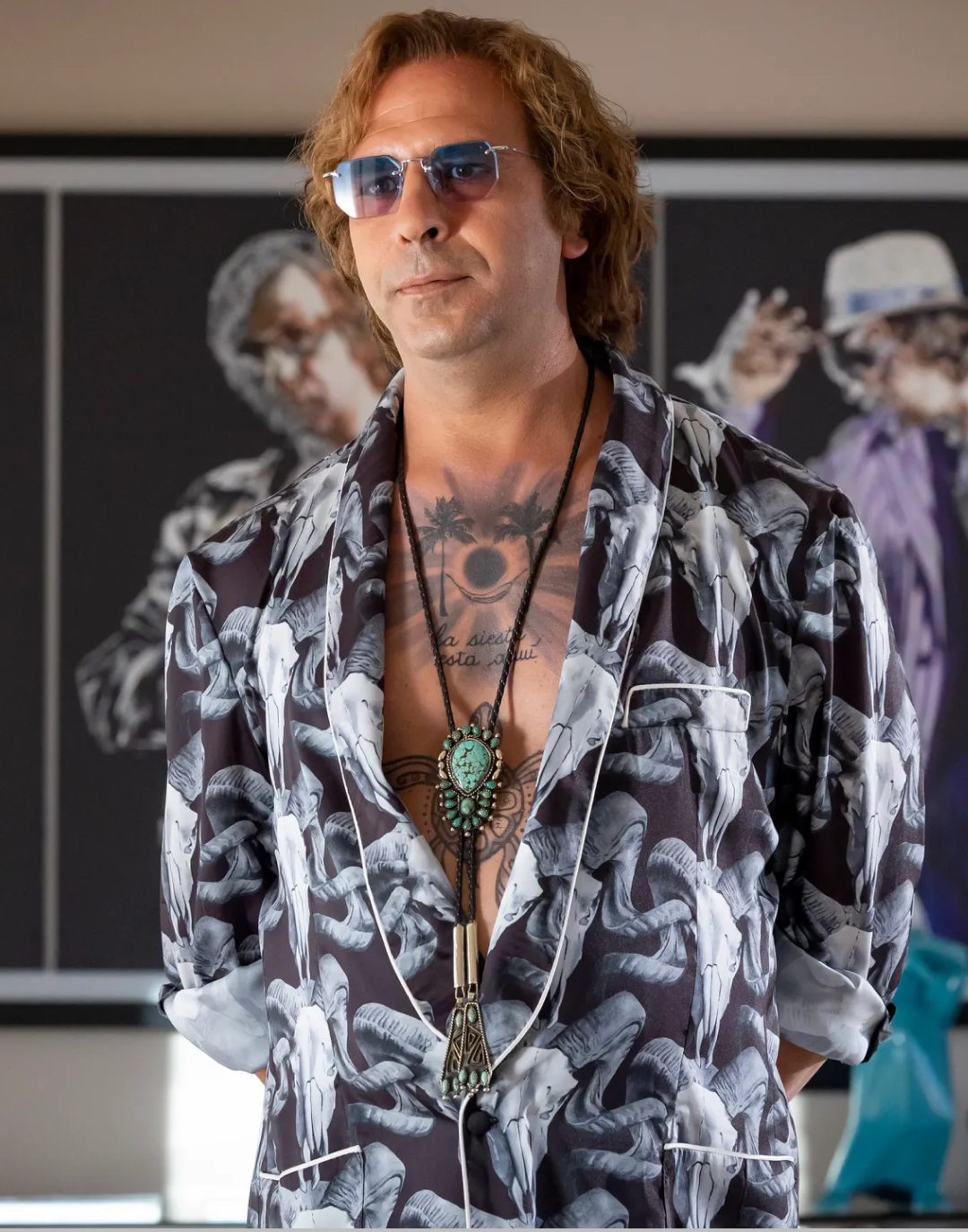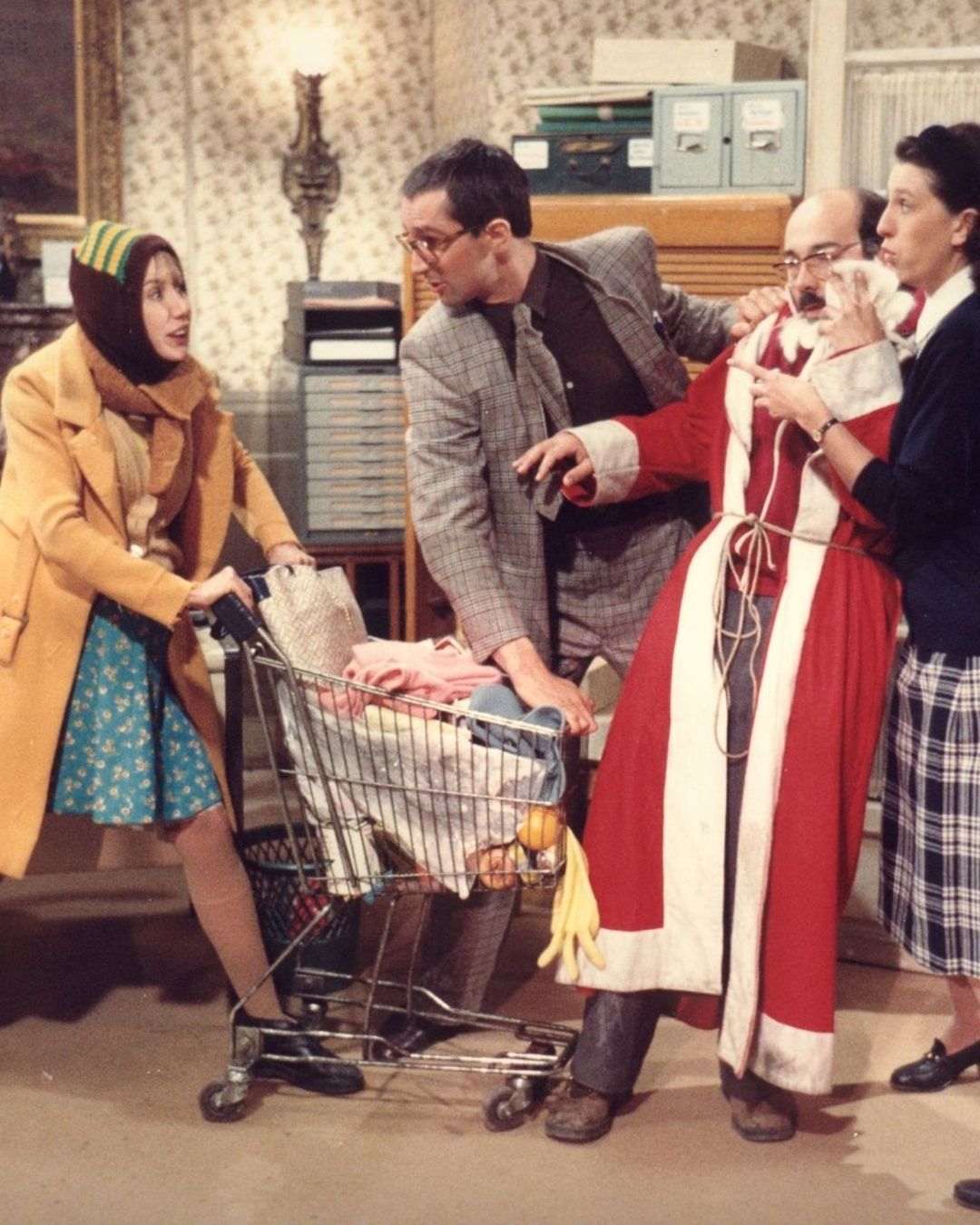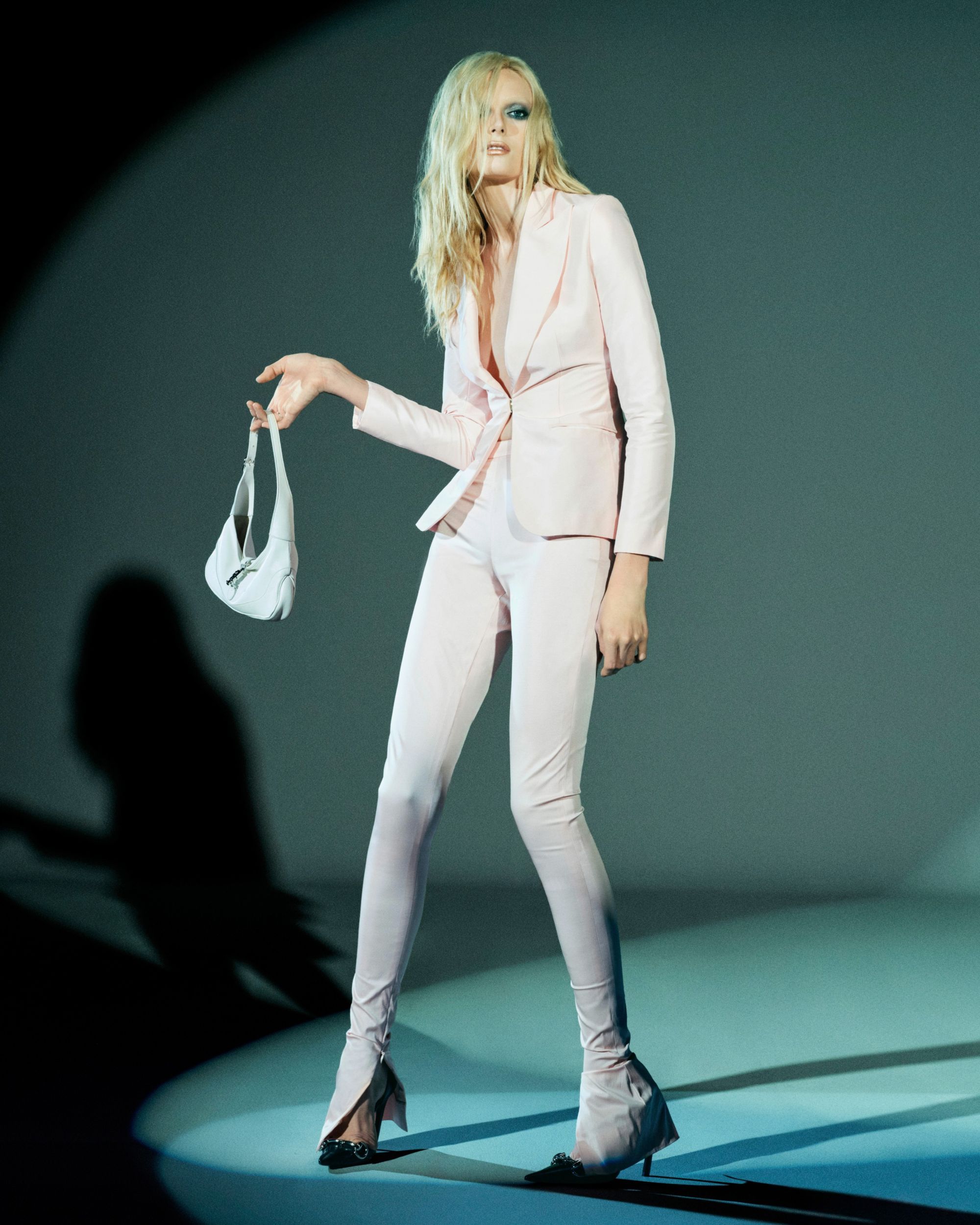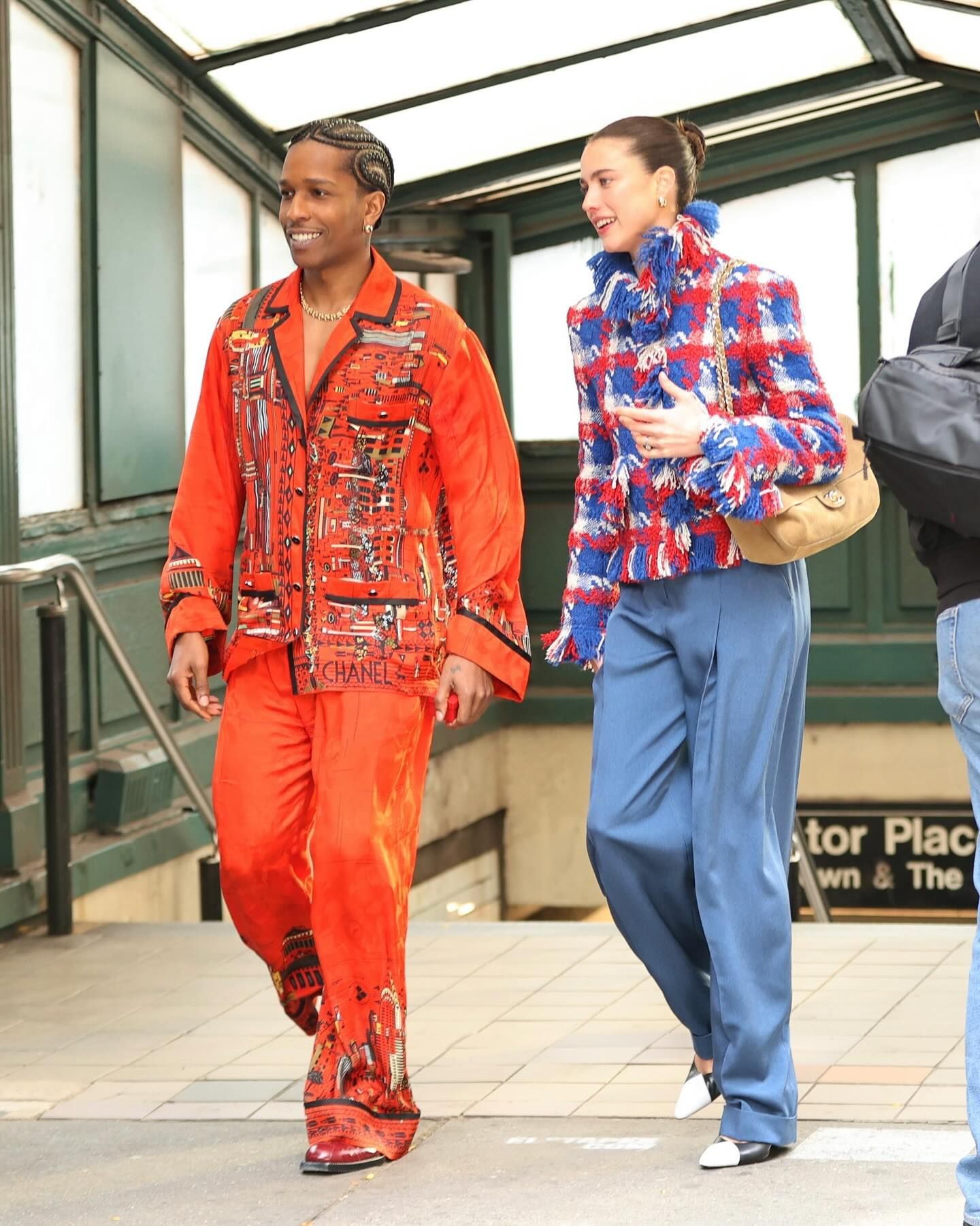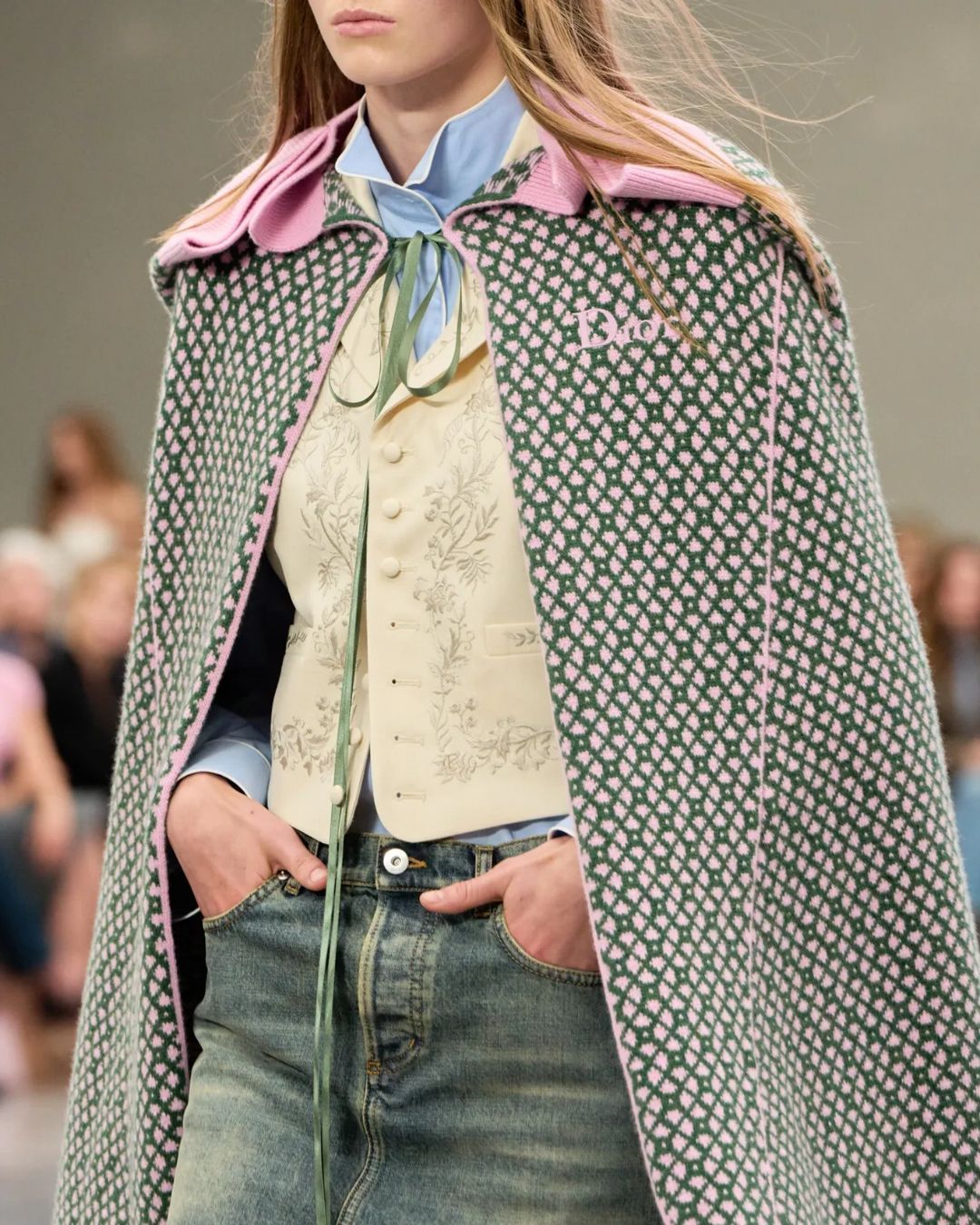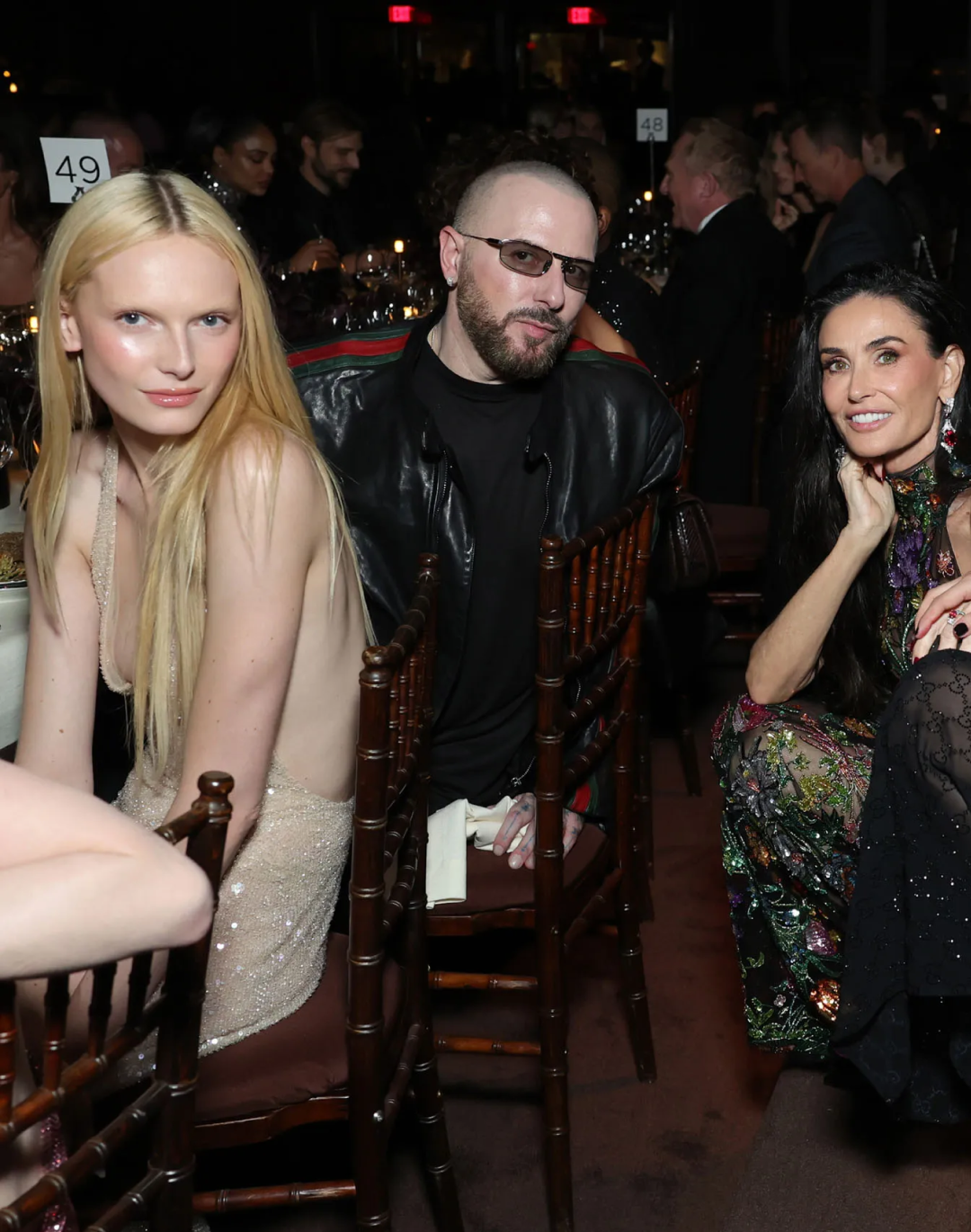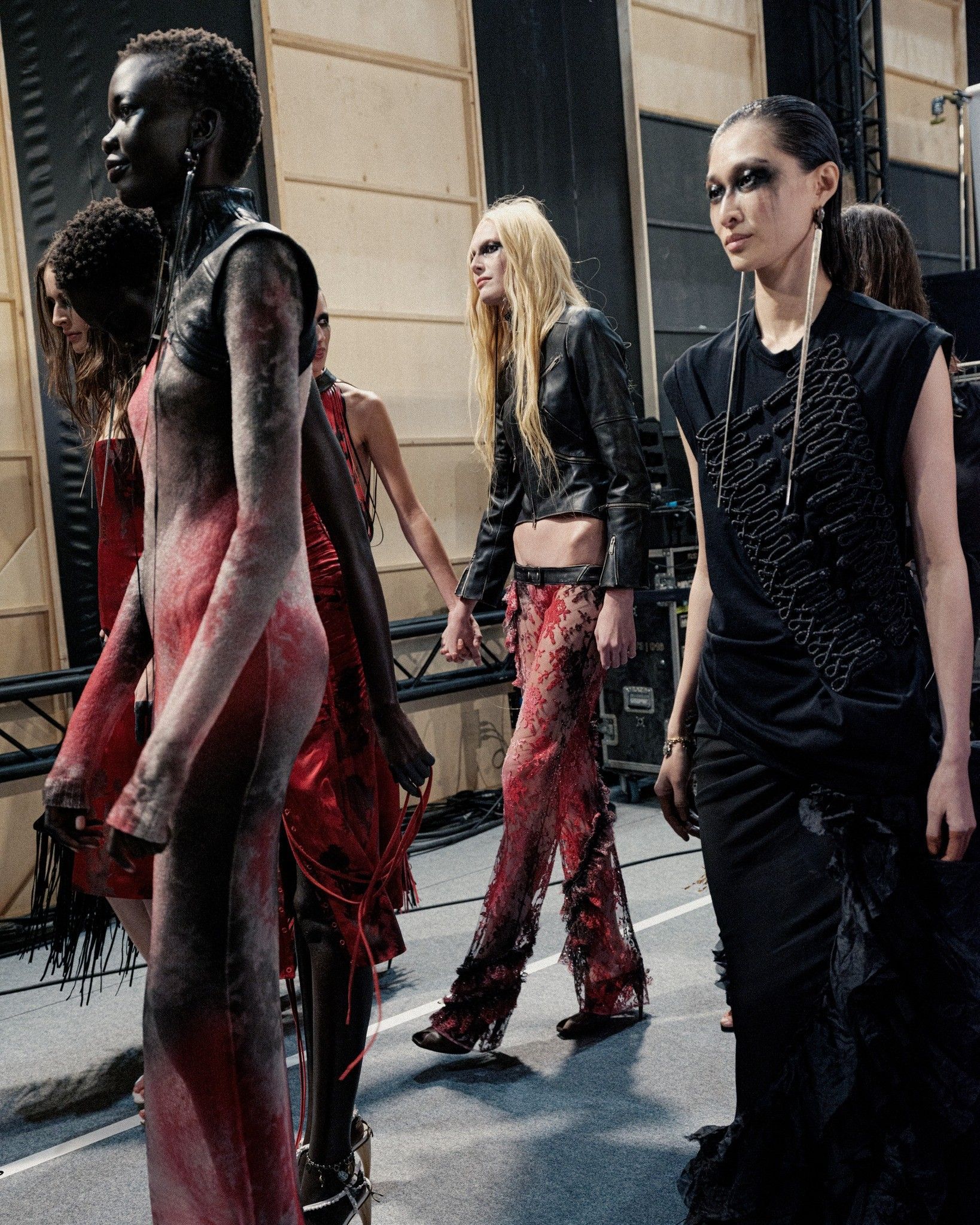
What is the future of Cruise shows in Italy? An old format that in times of crisis must justify its existence
Chanel on Lake Como. Pucci in Portofino. Gucci in Florence. Dior in Rome. Max Mara in Caserta. Dolce&Gabbana in the very heart of the Eternal City. The Cruise/Resort 2026 fashion calendar (or, in the case of Dolce&Gabbana, Haute Couture shows) which usually drags the entire fashion caravan from one country to another, this year focused on Italy – and the only major brand to present outside Italy, Louis Vuitton, will still do so in Avignon, which isn’t that far off. A far cry from Rio de Janeiro, Barcelona, La Jolla, Hong Kong, or other cities in previous years. While this Cruise calendar can certainly be read as an ode to Italy, the decision not to go too far afield, limiting the travel of teams, buyers, journalists, and VIP clients to classic Italian tourist destinations, might reflect logistical and economic convenience. After all, luxury is in crisis. But don’t be fooled: «We can’t really dig into anyone’s budget», M., an analyst and consultant for several brands who preferred to remain anonymous, told us, «budgets may be lower than when Fendi held a show on the Great Wall of China [that show took place in 2008, ed.] but a Cruise show often involves secondary investments like donations, funding for restorations, collaborations with local entities that push costs far beyond simple logistics and guest accommodation». As M. points out, when announcing the location of its Cruise show in Florence, Gucci also mentioned contributions to the budget of the 2026 Estate Fiorentina and a project to redevelop the Parco delle Cascine. But he too felt that this year «nobody wanted to go too far, maybe not for lack of funds, but because of a general climate of caution that’s been in the air lately. Italian brands are playing at home, and for international ones, our country has something reassuring». In the midst of the sales crisis, the dream represented by Cruise shows remains central for brands – but how long can that last?
Each of these shows offers much more than just clothes. They are cultural events curated to the finest detail, highlighting the ongoing convergence of craftsmanship, heritage, and luxury branding that only Italy can make possible and plausible. That said, it’s no coincidence that nearly all the brands mentioned produce and invest heavily in Italy. These are monumental, multi-layered acts of storytelling and cultural diplomacy and, in the case of certain brands, they also represent a continuous thread with broader narratives: historical archives for Gucci, the refined vacation world for Chanel and Pucci, Max Mara’s inclination toward grand and solemn architecture, and Dior’s affinity for aristocratic residences and gardens – as if nobility could be transferred through osmosis. The specialists of scenographic runway shows in Italy are Dolce&Gabbana, who since 2012 have brought their Alta Moda, Alta Sartoria, and Alta Gioielleria shows each year to the most legendary locations of the peninsula – a Grand Tour that will culminate in just a few weeks in Rome. One very interesting thing the brand does is present all three collections within just a few days, keeping the event’s intensity high and eliminating geographic dispersion. «Today, attention is the real currency», explains M. «The strength of their format lies in having built a clear and coherent formula. Not just iconic places, but pop narratives, urban activations, and star-studded casts that speak to a broad audience».
@gucci Past meets present #GucciCruise26 original sound - Gucci
For several years now, Cruise shows have lost the sharpness they had in the early post-Covid period. «For me the turning point was 2023», M. continues, «when Louis Vuitton and Dior each did two shows within a few weeks. From South Korea to Lake Maggiore, from India to Mexico. Even Gucci walked in Seoul that year, MaxMara in Sweden, Carolina Herrera in Brazil… it all felt a bit arbitrary». Perhaps for this reason, this year the preference went to geographically contained stops. After the forced pause due to the pandemic, destination shows by major fashion houses have returned to prominence, despite various criticisms about their environmental impact and over-saturation. Events that seemed destined to disappear before the lockdown instead regained strength, driven by clear commercial needs. «The Cruise collection is delivered in October [and stays through] June», Bruno Pavlovsky, president of fashion at Chanel, explained three years ago to the Financial Times, describing the growing importance of these collections for brands: they arrive in stores before the main collections, stay on shelves much longer, and often outperform them in terms of sales. Once designed exclusively for the wealthiest clientele (Coco Chanel introduced Cruise collections in 1919 to dress clients, often American, who vacationed during the winter on the Riviera or in Florida), Cruise shows have become massive media events – but their frequency has made them commonplace. «Beyond the sheer number of shows and launches in a year», says J., a freelance consultant from Paris, «the fact that most of the public experiences them through a screen almost completely strips away the scenographic impact». Moreover, according to J., with the current socio-political climate, «seeing this elite gather in dream locations for a twenty-minute show sparks more envy and indignation than awe – though obviously that’s not the actual target of these shows, just their audience».
The new #DGAltaSartoria collection draws inspiration from the vibrant floral processions of Sant’Efisio, with each piece adorned with intricate #DGFattoAMano floral embroidery.
— Dolce & Gabbana (@dolcegabbana) July 4, 2024
Discover more at https://t.co/akJGFjdhLu#DolceGabbana #MadeInItaly pic.twitter.com/PwBOyW4SNS
It remains true that, from a commercial standpoint, the importance of destination shows for brands is set to grow. Even though, at this point, the public tends to notice that «when a brand feels obliged to organize an absurd destination show just to stay relevant, one has to wonder whether the brand’s strength has become too dependent on spectacle», as J. points out. «If all this is needed to keep the interest alive, is it really still a success or are we witnessing a kind of production fatigue disguised as creative power?» And yet, for many brands, the return on investment is still convincing. As Jing Daily reported last year, referring to the previous season, five of the fifteen most profitable shows in terms of Earned Media Value were Cruise presentations. Brands like Gucci, Versace, and Max Mara achieved more online visibility with their Resort collections than with their SS24 offerings. The aspirational nature of Cruise shows, combined with the uniqueness of the event, creates moments that the audience not only watches but remembers. But do they remember them? According to analyst M., some distinctions must be made: «Social media interactions provide a numerical snapshot, but they don't tell the depth of the cultural impact», he tells us. «Data shows that the show was viewed, but not whether it was remembered. The difference is subtle but vital. Valentino’s show at Trinità dei Monti [in 2022, ed.] was memorable not just for influencers and media coverage, but because it was culturally anchored to Rome». And that’s the point: to make a show truly relevant, both our interviewees agree, there must be a perfect alignment between brand, location, and collection.
In this regard, M. cites another example of “perfect alignment”: Fendi’s show at the Trevi Fountain in 2016: there was the sense of the event’s uniqueness, the connection to Rome reinforced by the brand’s funding of restorations, and the spectacle of models walking on water. He prefers not to name those less aligned—but says the trait that defines them is «that they don’t resonate outside the bubble of the brand and those who work with it». Looking beyond Italy, the best at nailing and balancing destination shows is Jacquemus. «If you think about it, all brands use castles and palaces», says J. «but Simon [Jacquemus, ed.] might be the only one who truly used the French landscape. The show in the lavender field, in the wheat field or the salt mine, even the one in Capri last year, speak of the land, not of its monuments—it’s easy to use a Loire castle, but the true connoisseur [not translated here from French, as it would lose meaning, ed.] knows the hidden places that aren’t in the tourist guide». And here’s the point: having now rotated through almost all of Italy’s most famous locations, the choice of famous but somewhat overused locations seems to follow more of an aesthetic autopilot than a real creative drive. «Choosing famous destinations without a real conceptual connection to the brand», concludes J., «risks turning these shows into soulless postcards. The audience senses when a location is chosen for beauty and not for meaning». A destination show like Gucci’s at Castel del Monte in 2022, for example, was certainly spectacular but «there was neither the astronomical nor medieval theme of the castle reflected in the collection—so why go there?» M. asks.
@gucci Carrying a century-spanning story forward. #Gucci #GucciCosmogonie #AlessandroMichele suono originale - Gucci
So what should be done to make them truly relevant? Certainly, to make the chosen locations—in this case, Italy—true protagonists. In this sense, it might be helpful to use different, more authentic places compared to the classic destinations for the wealthy. According to our interviewees, it’s also time to level up—partly by following Dolce&Gabbana’s example with shows that are real multi-day spectacles involving city life (M. mentions the Dolce&Gabbana show in Ortigia as an example, where elements of religious processions and local costumes played major roles, in addition to the clothes themselves, as well as the urban activations that preceded Gucci’s SS24 show, which changed location due to rain) and partly by looking at the perhaps more “lowbrow” example of the old Victoria’s Secret shows—not by replicating the offensive and objectifying aspects revealed in recent years, but by studying how «those shows were watched via streaming and TV, there was music, there was fantasy, and even when they weren’t approachable or democratic, they were enjoyable because they engaged the audience in a joyful way». In short, perhaps the greatest merit of Italian Cruise shows could be precisely that of shining a light on alternative and ‘less social’ places in Italy and reactivating their communities. «Brands must decide what they want to achieve with these events», concludes M. «If it’s just a show of strength or an immersive experience for selected clients, then that should be clearly stated. But you can’t expect deep cultural impact when the next day you’ve already moved on to the next show. Hyper-productivity takes away meaning, even when there is quality».


